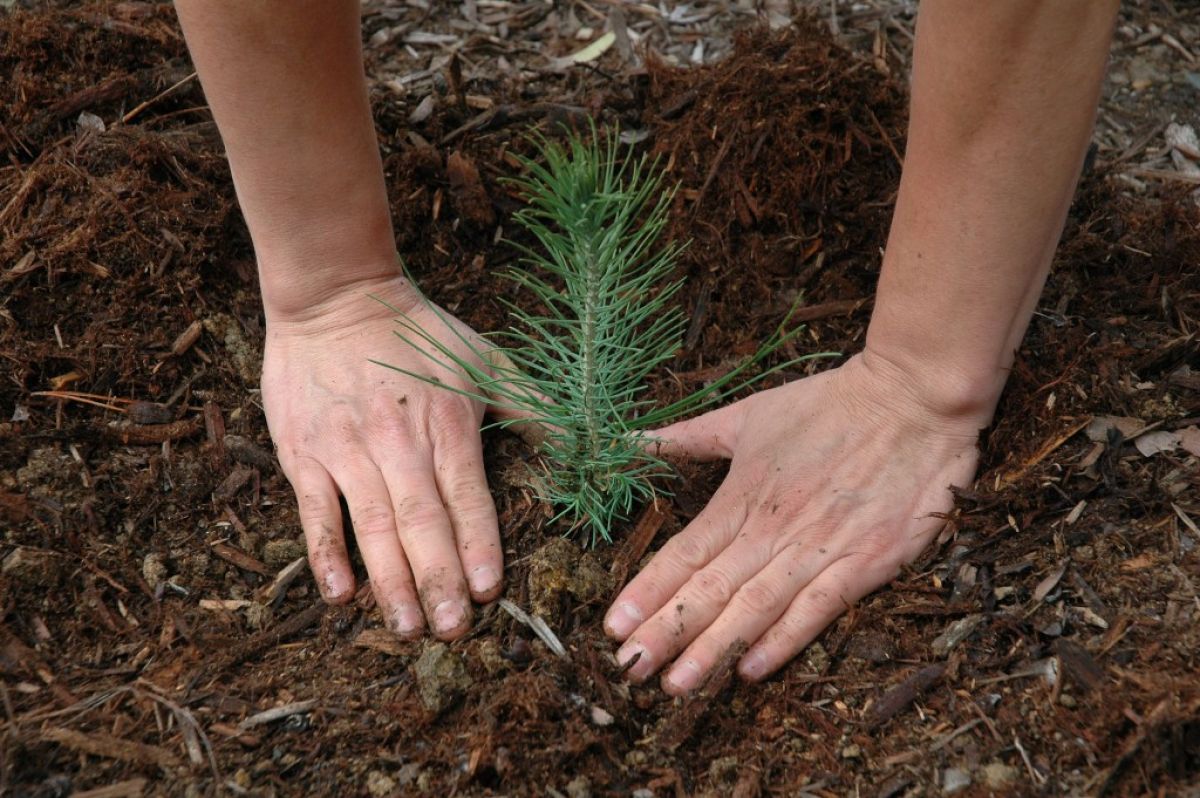Remember to finish your fall planting before we get frost, which is sometimes before the end of October and certainly in November. It is good for the ground to be moist, so if there has been no rain, water well the night before.
And when you plant divisions or new plants or shrubs, water well regularly to help them settle into their new locations. Lack of water is really detrimental to plants trying to take root in a new place before the ground freezes. An inch per week is the bare minimum.
Many plants can grow new roots when the earth is as cool as 45F, but some plants, such as conifer shrubs and trees, need warmer soil to get their roots growing, so plant them as early as possible in the fall when the soil temperature is above 65F, as they simply will not grow if you leave it until the soil has cooled to 55F.
Soil temperatures are measured at a depth of six inches below the surface. Warm soil and consistent air temperatures will help plants start sending out new roots. If the weather forecast says temperatures will drop, plant your items deeper than usual in the soil to prevent heaving. Cut off any flowers or buds left on the plants so that all of their energy goes into root growth.
NOTE: Perennials are best divided in the season opposite the one in which they bloom. Shrubs and perennials must be watered deeply, not just sprinkled, when they are planted late in the season before a frost occurs.
This is Moya Andrews, and today we focused on fall planting.










